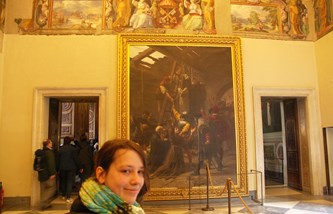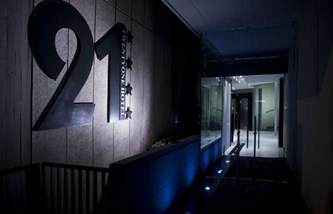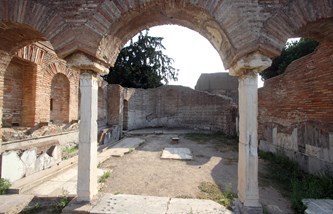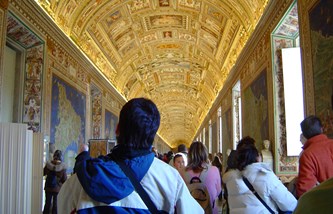Tours

Rome Tourist Card
Rome Tourist Card
Snap up the Rome Tourist Card and you'll get everything you need to explore Rome's top highlights including Colosseum, Palatine Hill, Roman Forum and Hop on/off bus. You can even choose the order you see things in.

Colosseum, Roman Forum & Palatine Hill: Priority Entrance
Colosseum, Roman Forum & Palatine Hill: Priority Entrance
Skip the long lines at the Colosseum with this priority-entrance ticket. This ticket will let you bypass the crowds. And after exploring the Colosseum you can head to the area of the Roman Forum and the Palatine Hill.
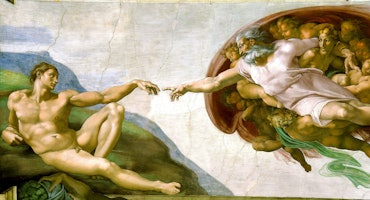
Vatican Museums & Sistine Chapel: Skip The Line
Vatican Museums & Sistine Chapel: Skip The Line
This ticket will make you save stress and time by allowing you to get priority entrance and skip the line. Visit the the countless masterpieces by Michelangelo, Raphael, Caravaggio, Tiziano and the Sistine chapel.
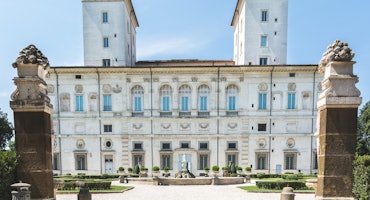
Borghese Gallery: Fast Track
Borghese Gallery: Fast Track
Galleria Borghese is located in the villa of the park Villa Borghese. Admire the architecture and furnishings of this beautiful villa. It is a museum full of art from the Renaissance. The collection includes several sculptures and paintings. Because of limited capacity get tickets for this museum weeks in advance.
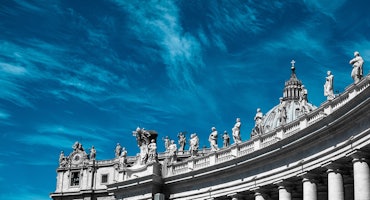
St. Peter’s Basilica: Dome Climb with Guide
St. Peter’s Basilica: Dome Climb with Guide
Get the most out of your visit to St. Peters with a guided tour to climb the basilica’s dome designed by Michelangelo and admire one of the stunning view. After the tour, you can explore the the basilica at your own pace.
Vatican City
Occupying a large area in central and eastern Italy, Vatican City is a small state in Rome. It is a state within a state. It is the smallest country in the world and is ruled by the Pope.
History
Vatican City is the Papal residence. It began as an independent state when Pope Pius XI and Mussolini signed the Lateran Treaty. In this convention, Vatican City was recognized by the Mussolini government as an independent state. Therein, the Vatican was specifically mentioned as a newly created state. Aside from the Lateran Treaty, the Concordat in 1929 also guaranteed Vatican City its identity as a state.
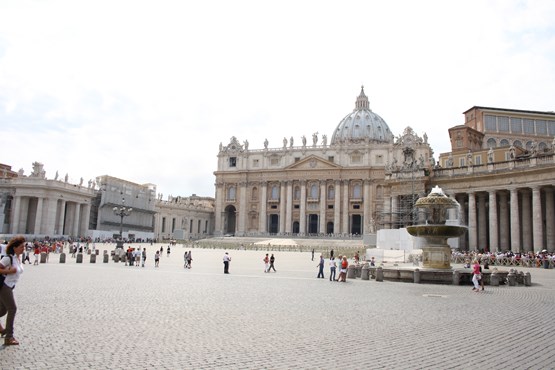
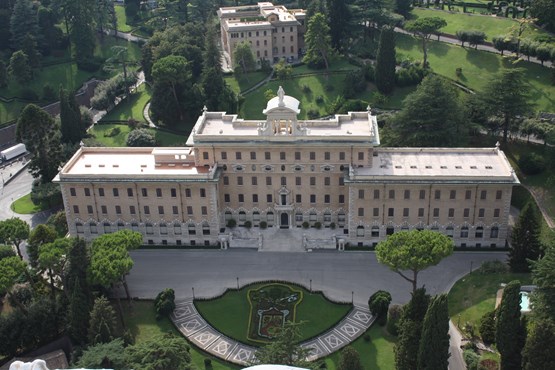
Two-thirds of the ecclesiastical state was conquered in 1866 by the republican troops under Garibaldi. Fortunately, Latium was maintained for the Pope under the support of the French Emperor Napoleon III. However, Napoleon withdrew his troops in 1870. Because of the war wherein France was involved with Germany, he sent his teams here. Latium, the area where the Pope was in Rome, was added to the established Kingdom of Italy in 1861. With that, the ecclesiastical power was almost wiped out no thanks to the liberal nationalists. Despite the fact that the Pope had no power since 1870, he still had a say in diplomatic relations.
After his loss, the Pope still refused to leave the area. He considered himself a prisoner of the Vatican. The popes who succeeded him continued to fight over legitimacy. In 1929, after almost 60 years, they won and the Pope got Vatican City.
Vatican City is the site of the tomb of Saint Peter. The Papal Residence is situated on top of the tomb itself. It is also the home of Renaissance and Baroque art.
THINGS TO DO IN VATICAN CITYAccessible to pilgrims and tourists
- The St. Peter’s Basilica
- St. Peter’s Square
- The Sistine Chapel
- The Vatican Museum
- The Vatican Gardens
- The Apostolic Palace
Open only to accredited scientists
- The Biblioteca Apostolica Vaticana
- The Archivio Segreto Vaticano
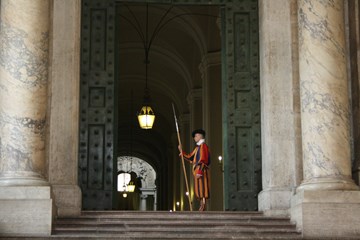
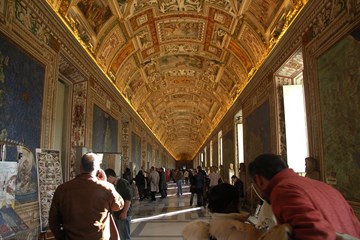
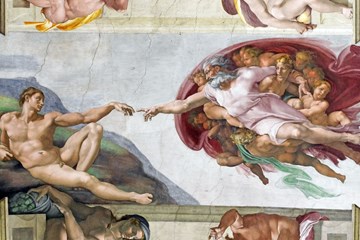
DID YOU KNOW THAT?
Vatican has about 826 inhabitants. The population consists mainly of clerics such as nuns, monks, priests, cardinals and the famous Swiss Guards.
Approximately 552 people have Vatican citizenship and thus a passport. Citizenship in Vatican is not and cannot be acquired by birth unlike all other states of the world. The Vatican citizenship is acquired by naturalization.
Vatican City is on the list of cultural heritage of UNESCO.
